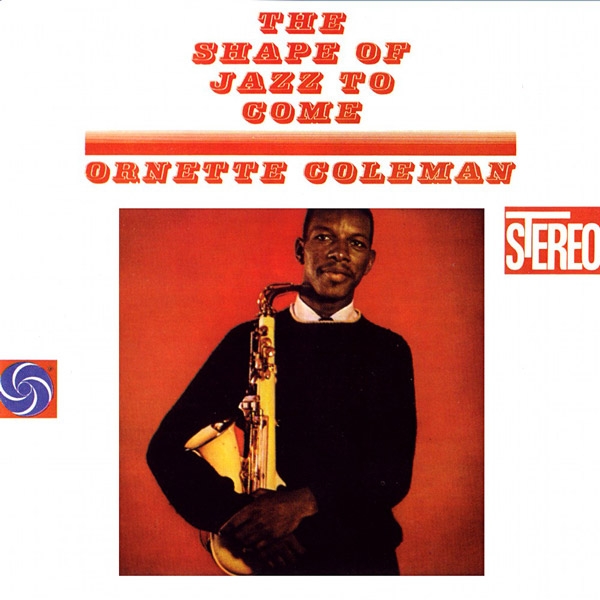| Columns Retired Columns & Blogs |
The hi-res downloads of "Shape of Jazz to Come" and "Change of the Century" sound very good.

In yesterday's edition of Slate, I have reprinted a column that I wrote in 2006, in part about Sound Grammar, in part about the key to understanding his music in general and how I was led to unlock it after, at first, finding it an impenetrable puzzle. For the reprint, I've added a list of my 10 favorite Ornette albums and a breakdown of his anthemic composition, "Lonely Woman" from 1959's The Shape of Jazz to Come.
Here, though, as a bonus for Stereophile readers, is a brief on which of his albums sound the best.
Top of the list, which also ranks as his most essential album musically (nice when the two criteria coincide), is The Shape of Jazz to Come. The original Atlantic vinyl pressing sounds excellent. The standard CD reissue doesn't sound at all bad. But the two-LP reissue by ORG Music, mastered at 45rpm, is a jaw-dropper: the level of detail, dynamic contrast, and 3D palpability is staggering.
ORG's 45 reissue of This Is Our Music (1960) is nearly as compelling. My only problem with the ORG reissues is the covers—offset copies with dreadful color correction and horrendous graphics on the back side.
From the same era, all the great Atlantic albums of the late '50s and early '60s, featuring the classic Ornette Coleman quartet, are compiled in the Rhino collection, Beauty Is a Rare Thing. The 6-CD boxed set is still available and sound quite good; the LP box, long out of print, is worth the hunt.
Finally, if you can find an original vinyl pressing of Soapsuds, Soapsuds, Ornette's 1977 duet album with Charlie Haden, snap it up at once. The music is gorgeous, and the sound is amazingly present. (A later CD reissue on Verve, alas, sounds just so-so.)

The hi-res downloads of "Shape of Jazz to Come" and "Change of the Century" sound very good.

One of the most-pivotal artists circa 1959- the greatest year in Jazz-. He was a true genius to find and hire Charlie Haden.